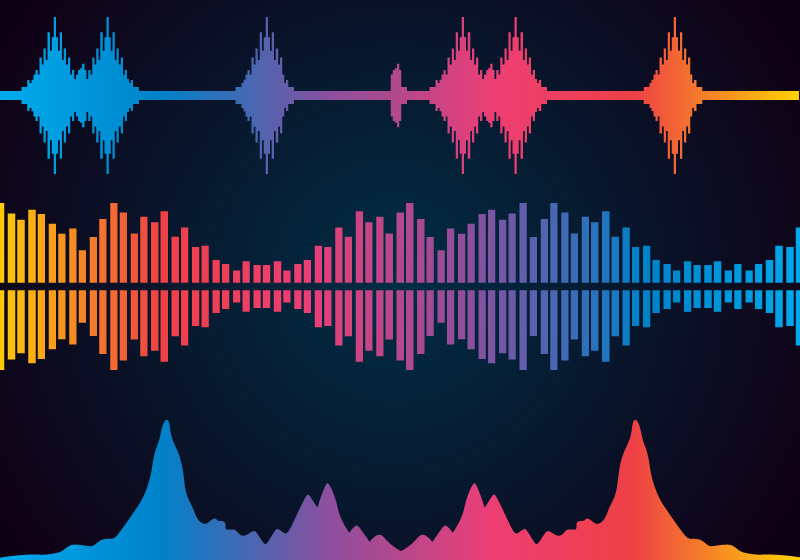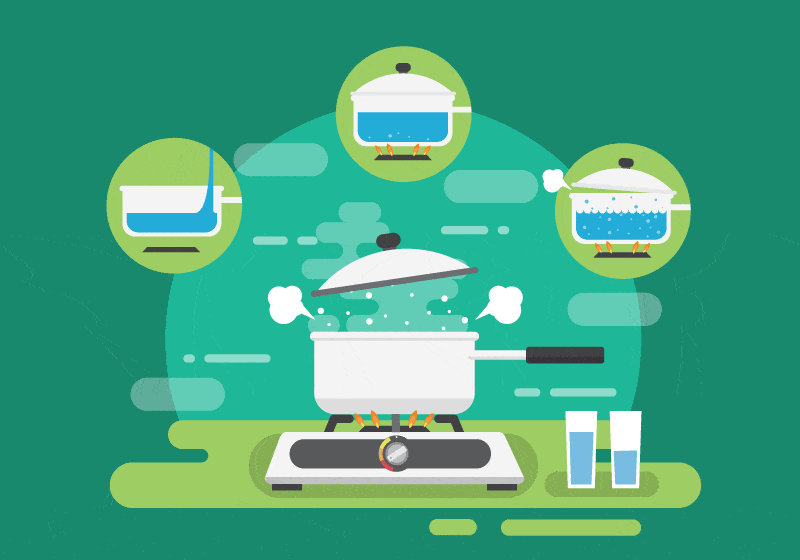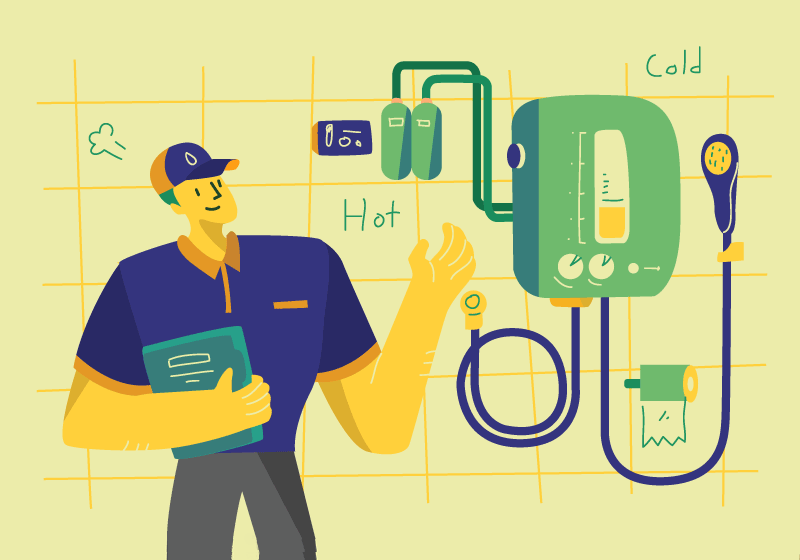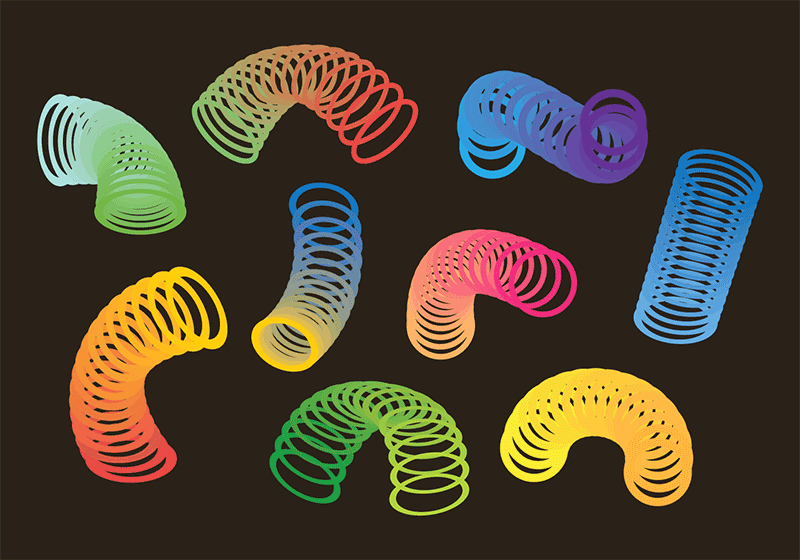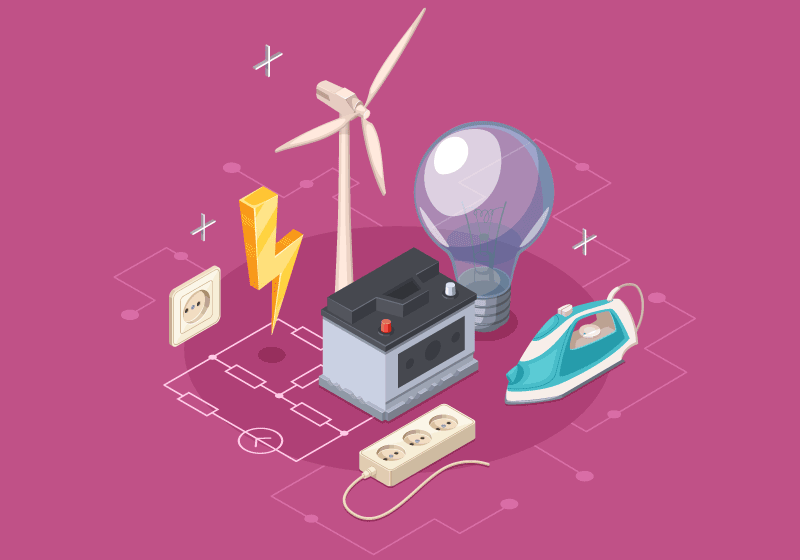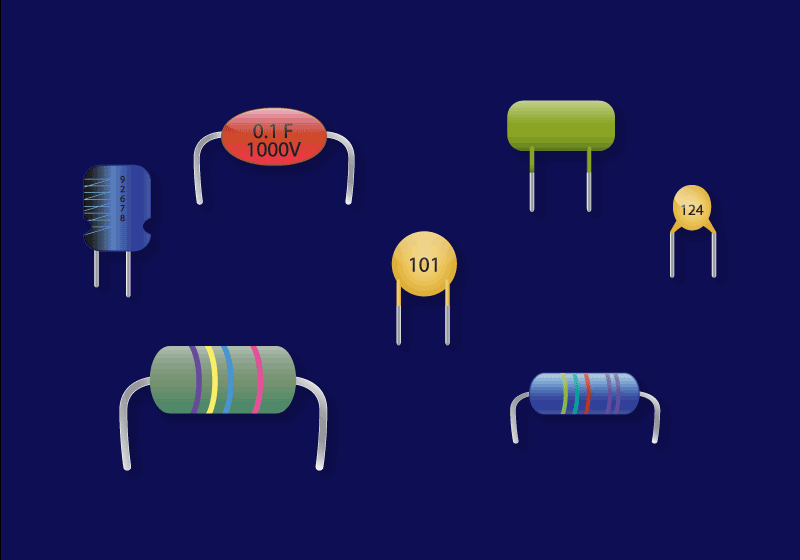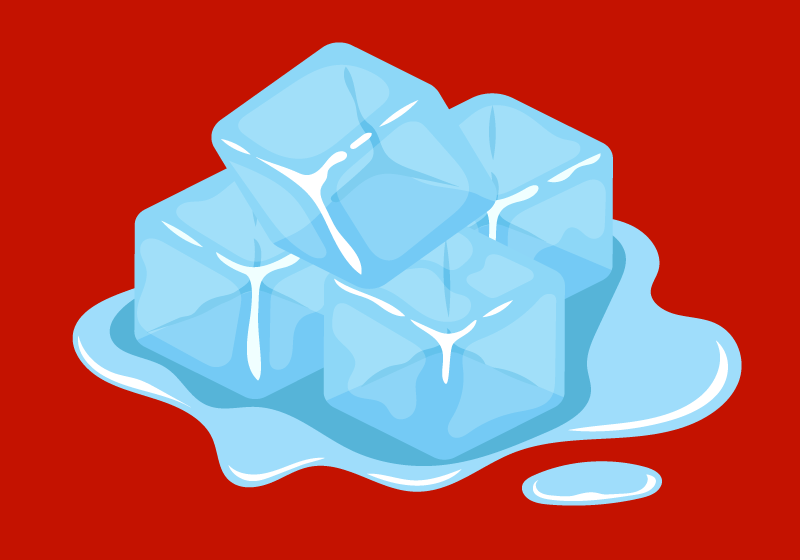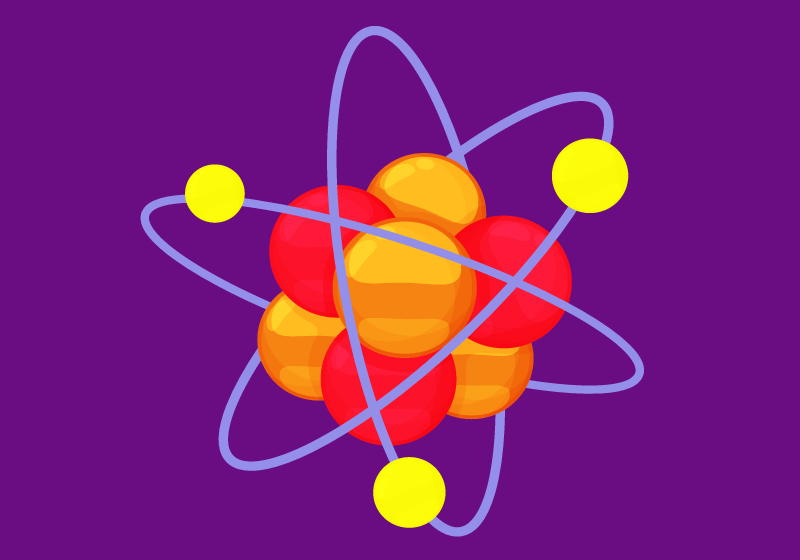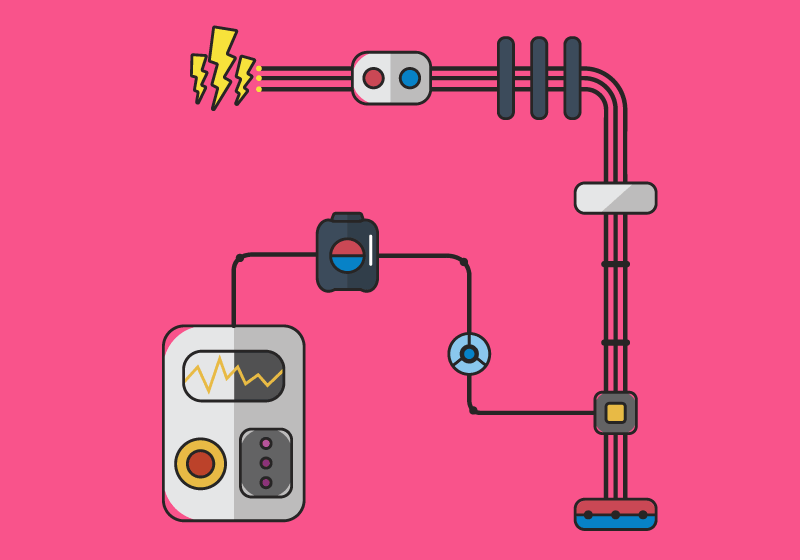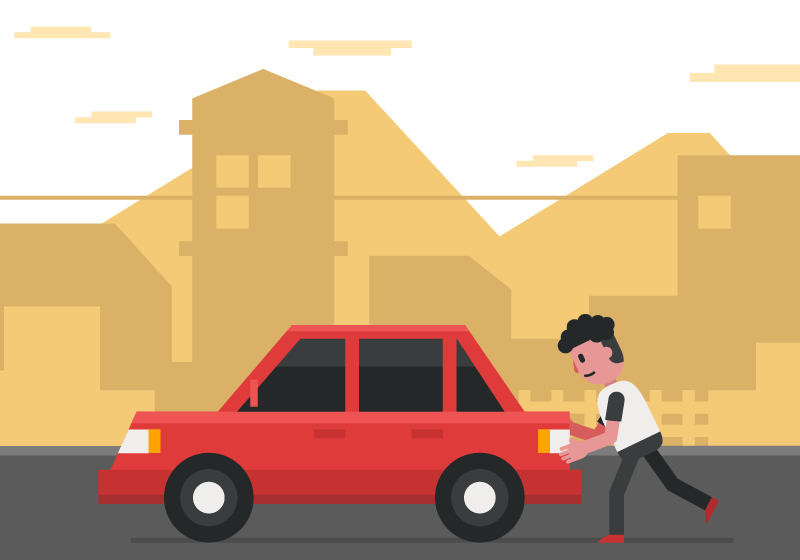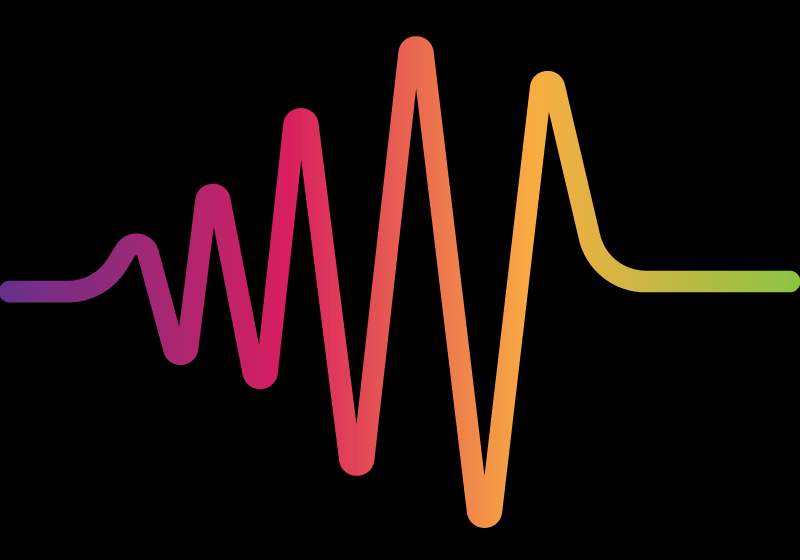Pressure in a Gas
Gas Pressure is created when gas particles collide with the walls of their container. The more often the particles collide with the walls, and the faster…
Wave Speed
Wave speed is given in meters per second (the number of waves that pass per second). Wavelength is measured in meters and frequency is measured…
Kinetic Energy
In physics, the kinetic energy (KE) of an object is the energy that it has due to its motion. It is defined as the work needed for an object of…
Specific Heat Capacity
Specific heat capacity is how much heat energy is required to raise 1 kg of a substance by 1 °C. What is Specific heat…
Power
The quantity power is the rate at which work is done. The quicker work is done the greater the power. What is Power? The…
Elastic Potential Energy
Stretching or squashing an object can transfer energy into its elastic potential energy store. What is Elastic potential energy? Stretching or squashing an object…
Charge
The size of the current is the rate of flow of charge. Electrons are negatively charged particles which transfer energy through wires as electricity….
Resistance
Resistance is an electrical quantity that measures how a device or material reduces the electrical current flow through it. What is Resistance? Resistance is…
Resistance in Series and Parallel
Resistors in series and in parallel can change the total resistance in a circuit. What is Resistance in series and parallel? Resistors in series…
Electrical Power
The power of an appliance is the energy that is transferred per second. Electric power is the rate, per unit time at which electrical…
Density
Density is a measure of how compact the particles are in a substance. Density is defined as the mass per unit volume. What is Density…
Specific Latent Heat
Specific latent heat is the energy needed to change the state of a substance. What is Specific latent heat? Specific latent heat is the…
Half Life
The radioactivity of a sample decreases over time. Half life is a measurement of this decrease. What is Half life? The radioactivity of a…
Gravitational Potential Energy
Lifting an object in a gravitational field transfers energy into the objects gravitational energy store. Gravitational potential energy is the energy an object has due to its…
Efficiency
The efficiency of a device is the proportion of input energy that is converted to useful energy. What is Efficiency? The efficiency of a…
Energy Transformed
The potential difference between two points is the energy transferred per unit charge. An electrical circuit is an energy transformation device. What is Energy…
Forces and Work Done
The unit for work done is the joule (J), or Newton meter (N-m). One joule is equal to the amount of work that is done when 1 N of force moves an…
Wave Period
The period of a wave is the time it takes to complete one cycle. The unit for a wave period is seconds, and it is inversely proportional to…
Magnification
The magnification can be calculated if you know the actual size of the object and its image size. Demo In this tutorial you will learn how…

